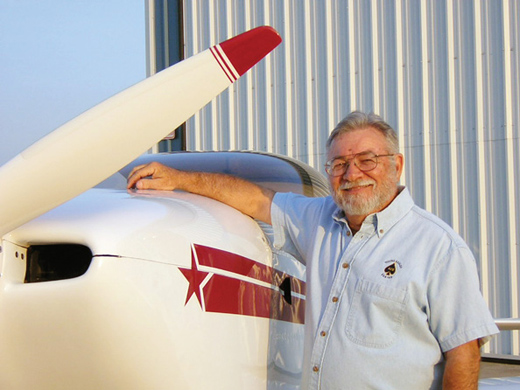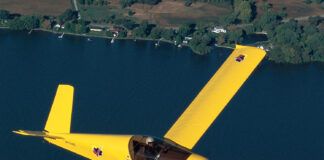
Question: I’m a retired avionics R&D engineer. One reason for building an aircraft was that I want to spend my retirement experimenting with avionics displays (mostly software, no changes to radios or transponder—in other words, nothing the FCC would be interested in). I’m nearing completion of a Lancair Legacy. I have designed most of the instrument panel to be easily exchanged, literally 5 minutes from one panel to another (no structural modification). As I understand it, replacing one panel with a substantially different one is considered a major modification under 43-13. Does this mean I must request, in writing, FAA approval each time I modify the panel? Many changes are to be software only.
Answer: Let me first say that AC 43.13 is an advisory circular and as such is not binding. Basically changing anything in your instrument panel —including changing out the entire instrument panel—does not require FAA approval for an Experimental/Amateur-Built aircraft.
The only time you would need to contact the FAA concerning an instrument panel change is if it significantly affects your weight and balance. And even then, if your operating limitations allow it, which they should, you only need approval for the flight-test area.
However, if the change involves opening the static system, then your altitude-reporting system certification becomes invalid and needs to be redone. Otherwise, all you need is a logbook entry.
Follow-up question: You mention altitude-reporting certification. I assume your response is based on FAR 91.411, which is exclusively for IFR; is there a VFR requirement I’m not aware of? Also 91-411-b-1 specifies that the test may be completed by “(1) The manufacturer of the airplane, or helicopter, on which the tests and inspections are to be performed.” As manufacturer of my E/AB aircraft, can I perform the test, assuming I follow a manufacturer-documented test procedure and do the logbook entry?
You also mention a “significant” change to weight and balance, but I have never seen a definition of “significant” or “appreciable” in the FARs. What is intended by the term? The only thing that seems to make any sense is a center of gravity or weight-limit change.
Answer: Actually, I was referring to 91.413; 91.413(b) states, “Following any installation or maintenance on an ATC transponder where data correspondence error could be introduced, the integrated system has been tested, inspected, and found to comply with paragraph (c), Appendix E, of part 43 of this chapter.” 91.413 pertains to all transponder installations, VFR or IFR. If the static system has been opened, a data correspondence error could be introduced.
Also, for purposes of this chapter, you do not qualify as “manufacturer of the aircraft.” This is the interpretation from the FAA. You are correct that there is no definition of “significant” or “appreciable” in the FARs. This is a judgment call. Typically the instrument panel is close to the center of gravity, so it would take a considerable amount of weight to affect the CG. Unless you consider the weight change enough to affect the overall weight of the aircraft, I wouldn’t consider it significant or appreciable.
Please send your questions for DAR Asberry to [email protected] with “Ask the DAR” in the subject line.

![]()
Mel Asberry is an experienced Designated Airworthiness Representative specializing in Experimental/Amateur-Built aircraft. He and his wife, Ann, have built seven amateur-built airplanes including two ultralight types, a Moni Motorglider, a Dragonfly Mk2, two RV-6s and a Zenair CH 601HDS. They are currently building a scratch-built biplane.









